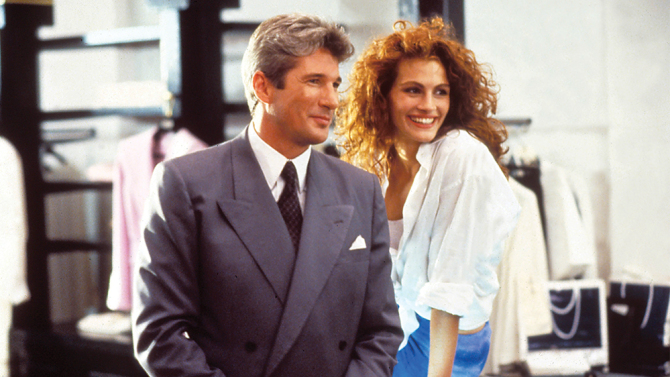Of course, films are visual. That’s not news. Screenplays, though, aren’t always very visual and they really should be. The more you use visual techniques in your script the easier it will be for people to see your script as a movie and for it to eventually to become one. Here are five ideas for writing more visually.
- Have a theme. Visually, a theme can be color, location, type of shot, or even a character. A recent example of visual theme used to great effect is Moonlight. The film is based on an unproduced project called “In Moonlight Black Boys Look Blue.” Writer/Director Barry Jenkins picked up on the idea of blue—which suggests melancholy, of course—and used the color over and over in the film from the cars to the sea to the lighting effects. Now, you might think a color motif is really between the director and the cinematographer and certainly, they might change whatever you’ve written but it’s a good idea to write with some kind of theme in mind. It will make your script all the more viable.
- Write with emotion. Don’t forget to put emotion on the characters’ faces. Yes, you’ve probably heard that many actors immediately cross those directions out. But you have to get that far in order to suffer that fate. If you’re writing something that’s perfect for Julia Roberts make sure her character “bursts into an infectious grin” a couple of times in your script. Another reason to write with emotion is that actors what to play characters who run the gambit of emotion. Help them see that’s what you’ve written.

Photo by Moviestore/REX/Shutterstock
- Use colors. Remember to use colors when you’re writing (even when you’re not using color as a theme) and then make those colors count. You might want your main character to drive a classic ’65 Mustang because it’s cool but we’ll learn more about your character and get a better sense of what the movie will be if you tell us it’s “candy apple red ’65 Mustang.” Notice I didn’t just use “red.” It’s too broad to be really descriptive. A lipstick red economy car, a burgundy luxury car and the candy apple red ’65 Mustang are all red cars. But they say different things about the characters driving them and they create different moods and different visuals. Be careful, though, don’t use colors like eburnean, fulvous or amaranth. You want to use colors people are familiar with. When in doubt use foods and plants to describe colors. If I say the couch was rose red, everyone knows what I mean. If I say the couch was amaranth, people are running to Google trying to figure it out.
Photo courtesy of Warner Brothers.
- Expand your scope. Movies need to be big. If your story takes place in outer space we need to see the galaxy. If it’s a western we need to see the desert or the prairie or the plains. But these shots aren’t just meant to be pretty, they’re telling the story. If you look at a film like Gravity the shots of a vast solar system are meant to increase the sense of terror experienced by Sandra Bullock’s character. Another great example of scope is David Lean’s Lawrence of Arabia. Here’s a clip. If you were writing this sequence you’d want to make sure to include the enormity of the desert surrounding them and the size of the armies, and then move back and forth between the emotions on Peter O’Toole’s face, the tension between the characters and the inserts of close-up action.
- Tell it with pictures. The master of telling it with pictures is, of course, Alfred Hitchcock. Here’s a clip from Psycho in which Janet Leigh’s character decides to steal the money her boss has entrusted her with. If you were putting this scene in a script you’d need to do much more than just record the character’s movements. Note the inserted shots of the envelope full of money and the emotions that cross Leigh’s face. All of that was scripted well before the day they shot.
So what are some of your favorite visual moments? And how would you write it in a screenplay?